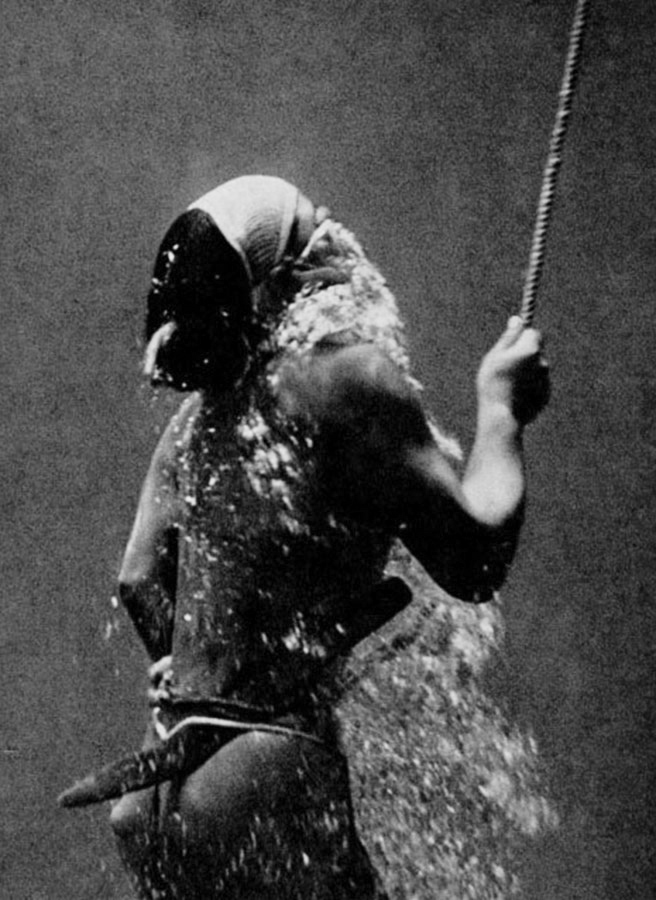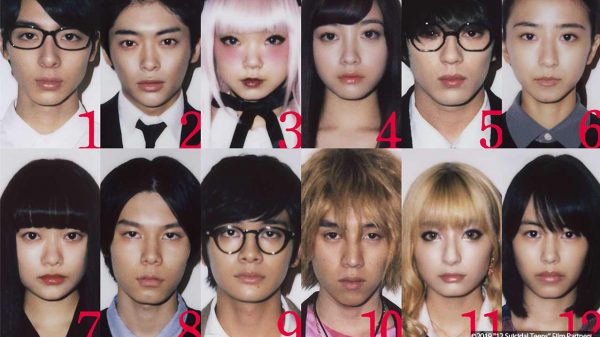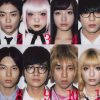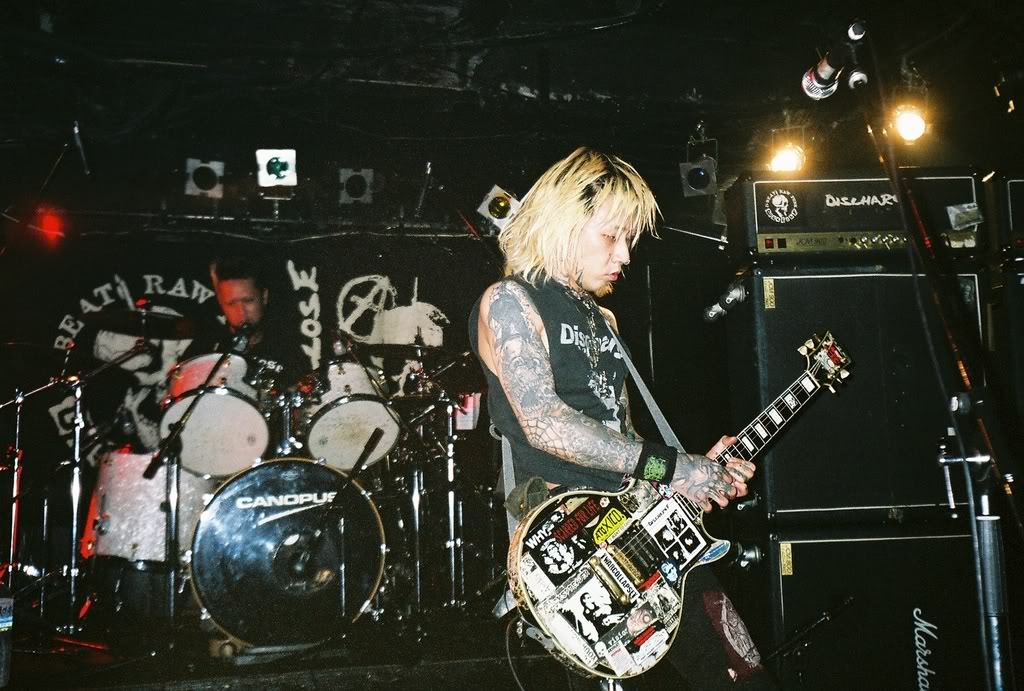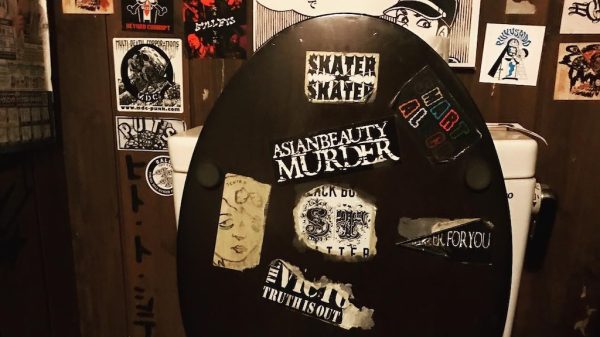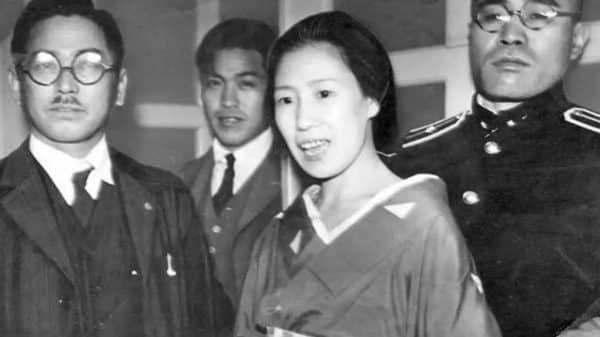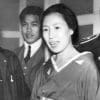via DOP
The term Ama (海女 in Japanese) literally means ‘women of the sea’, as women were always the preferred divers in Japan. Since ancient times Ama women would free dive into the Pacific to retrieve seaweed, abalone, shellfish, and sometimes pearls, wearing nothing but a loincloth and goggles.
Traditionally, finding a pearl inside an oyster was akin to receiving a large bonus while they went about their ancestral practice of collecting food from the sea. That changed when companies began to deploy Ama to look after their cultivated pearl farms. This business was the main reason for the strong association between Ama and pearl diving among foreign observers that continues to this day. As tourism in Japan grew, outsiders began to comment on their nakedness and Ama divers were eventually required to wear diving suits of white cotton.
This post features images of three different photographers:
In 1954 Italian anthropologist and photographer Fosco Maraini took a small film crew to Hekura Hegura-jima, a small Japanese island famous for its female pearl divers. His photographs, which were later published in a book titled L’Isola delle Pescatrici (The Isle of Fisherwoman), documented daily life on the island and the divers in, under, and around the water. Most of the images are by him I believe.
But there are also two Japanese photographers who later published books about the subject: Yoshiyuki Iwase and Yoshinobu Nakamura. Although it’s harder for me to research since these publications are in Japanese.
